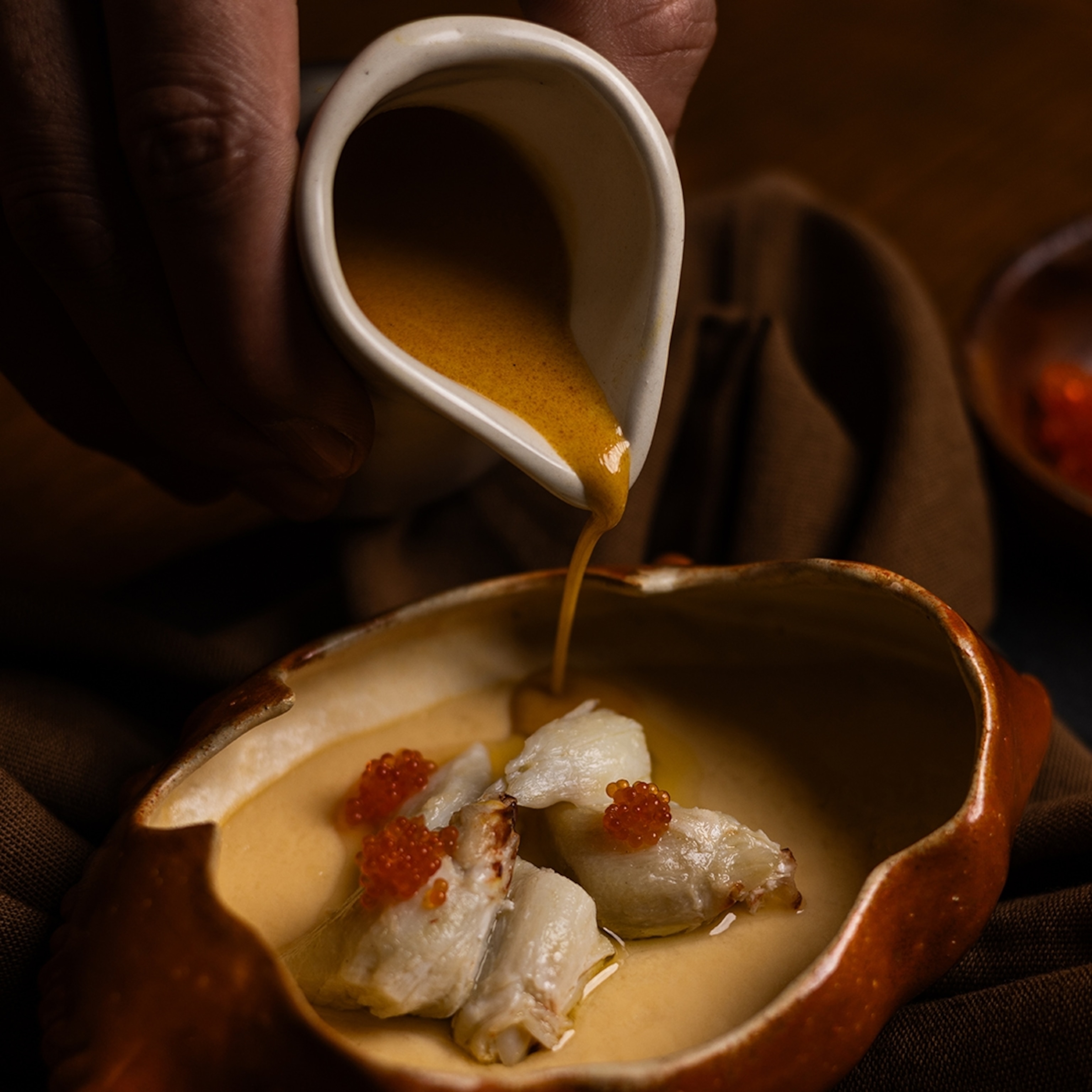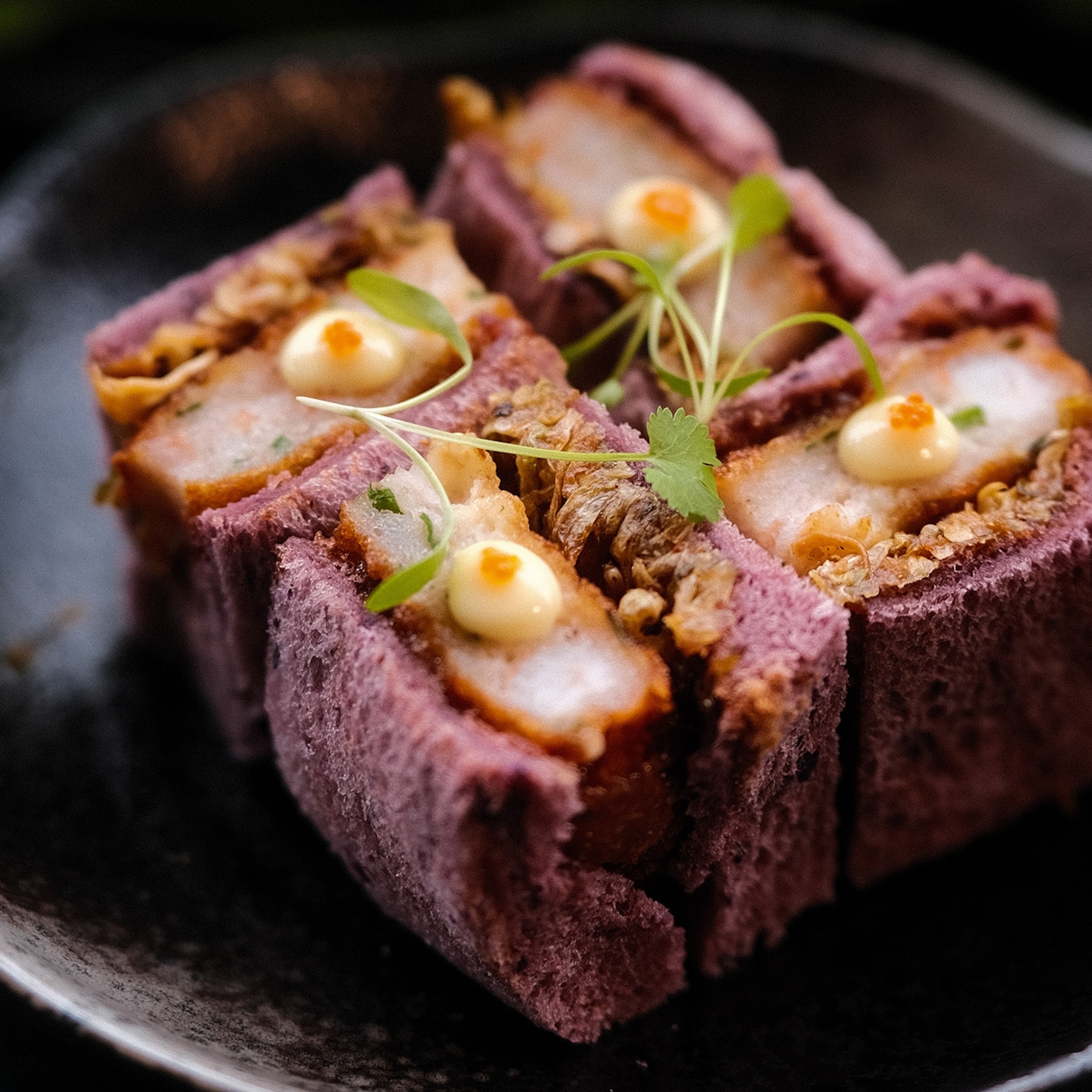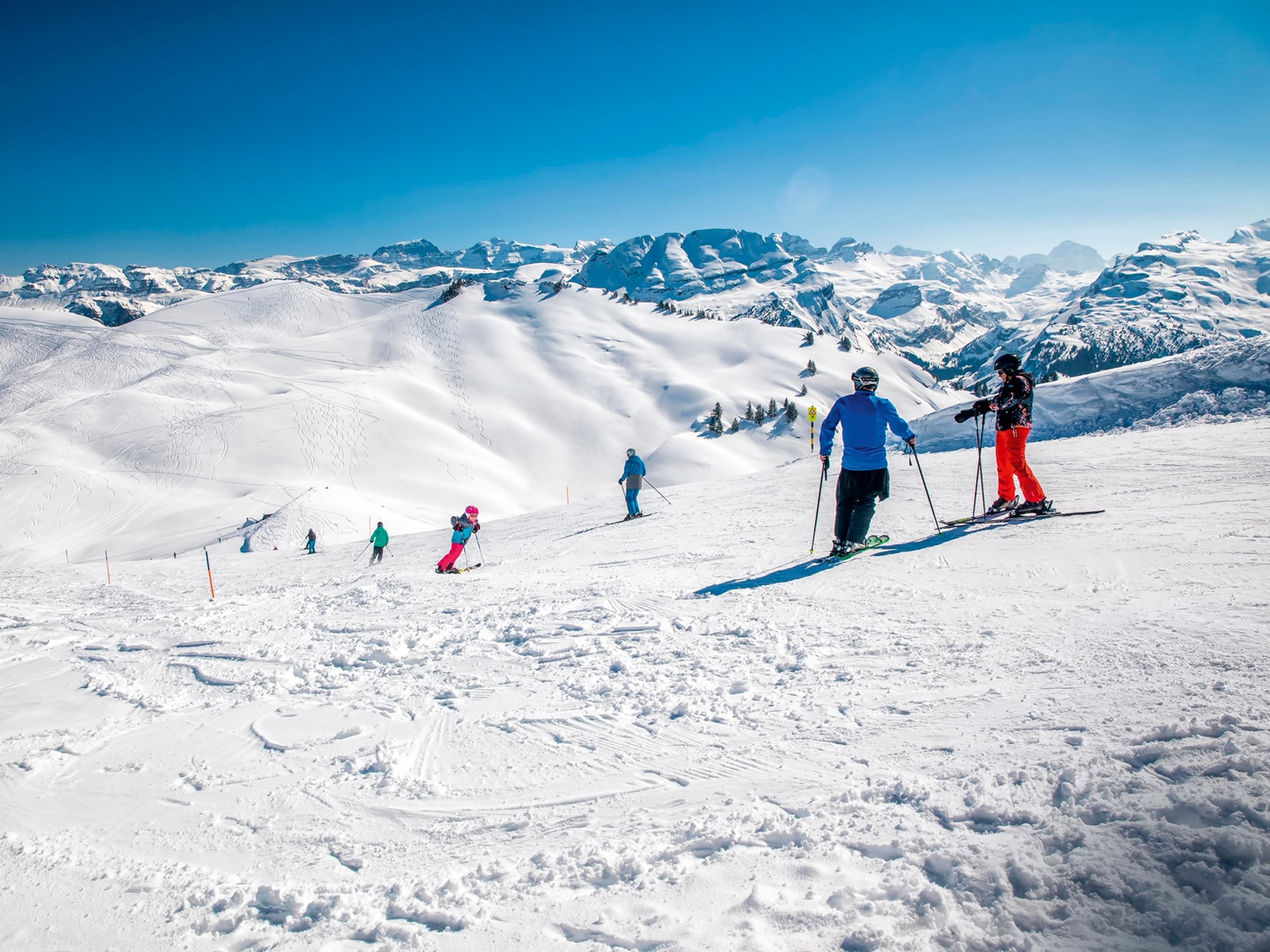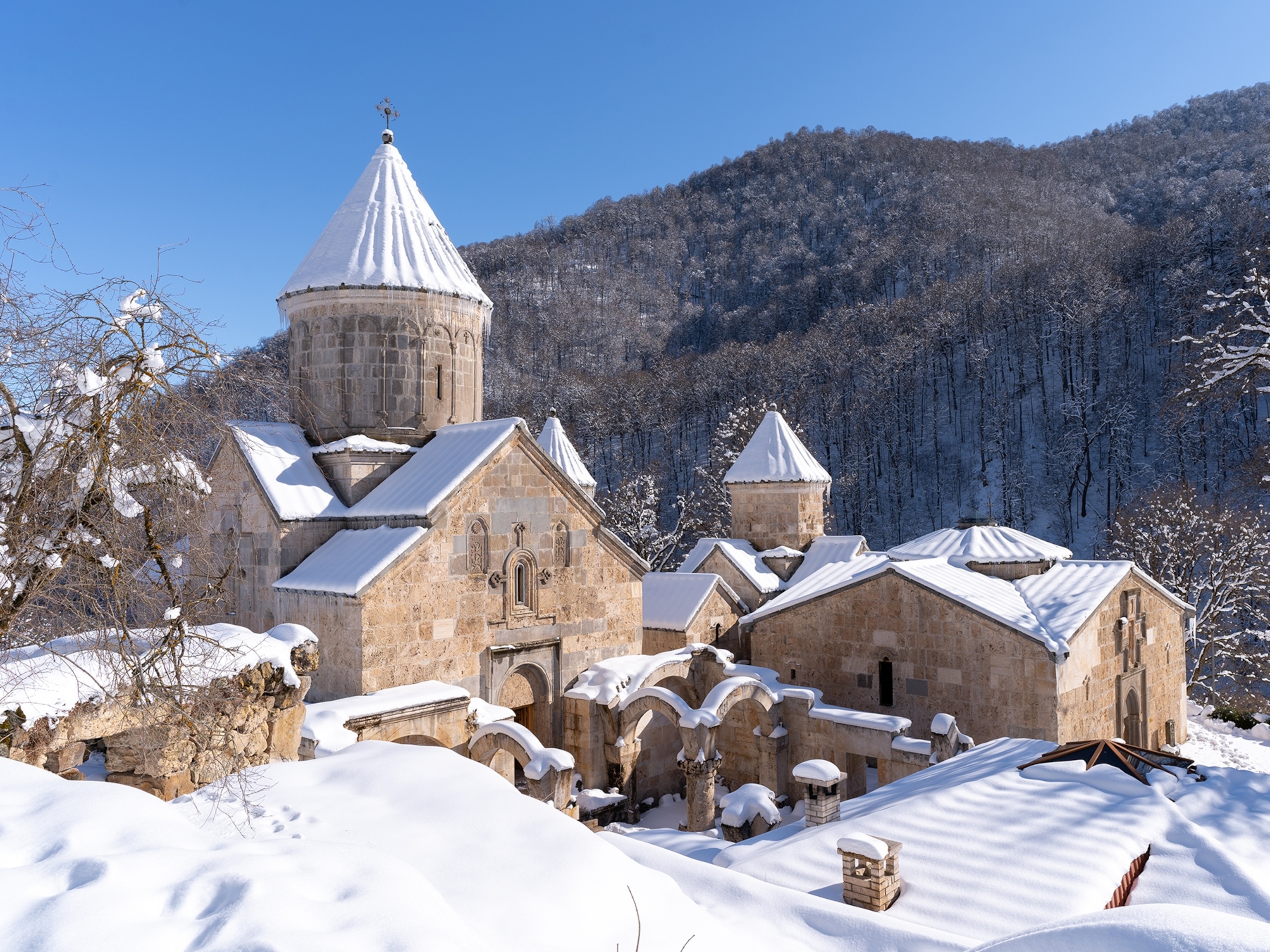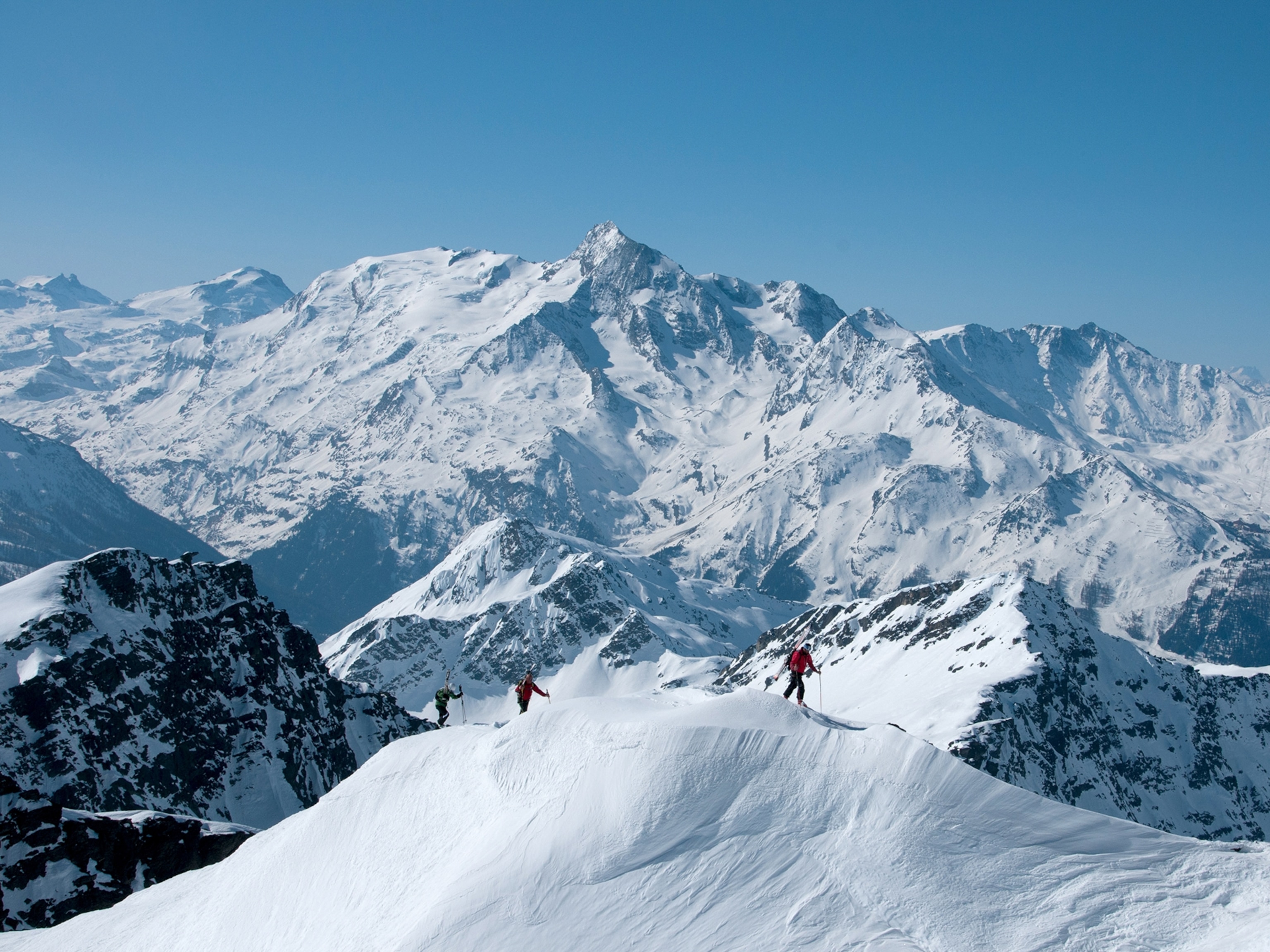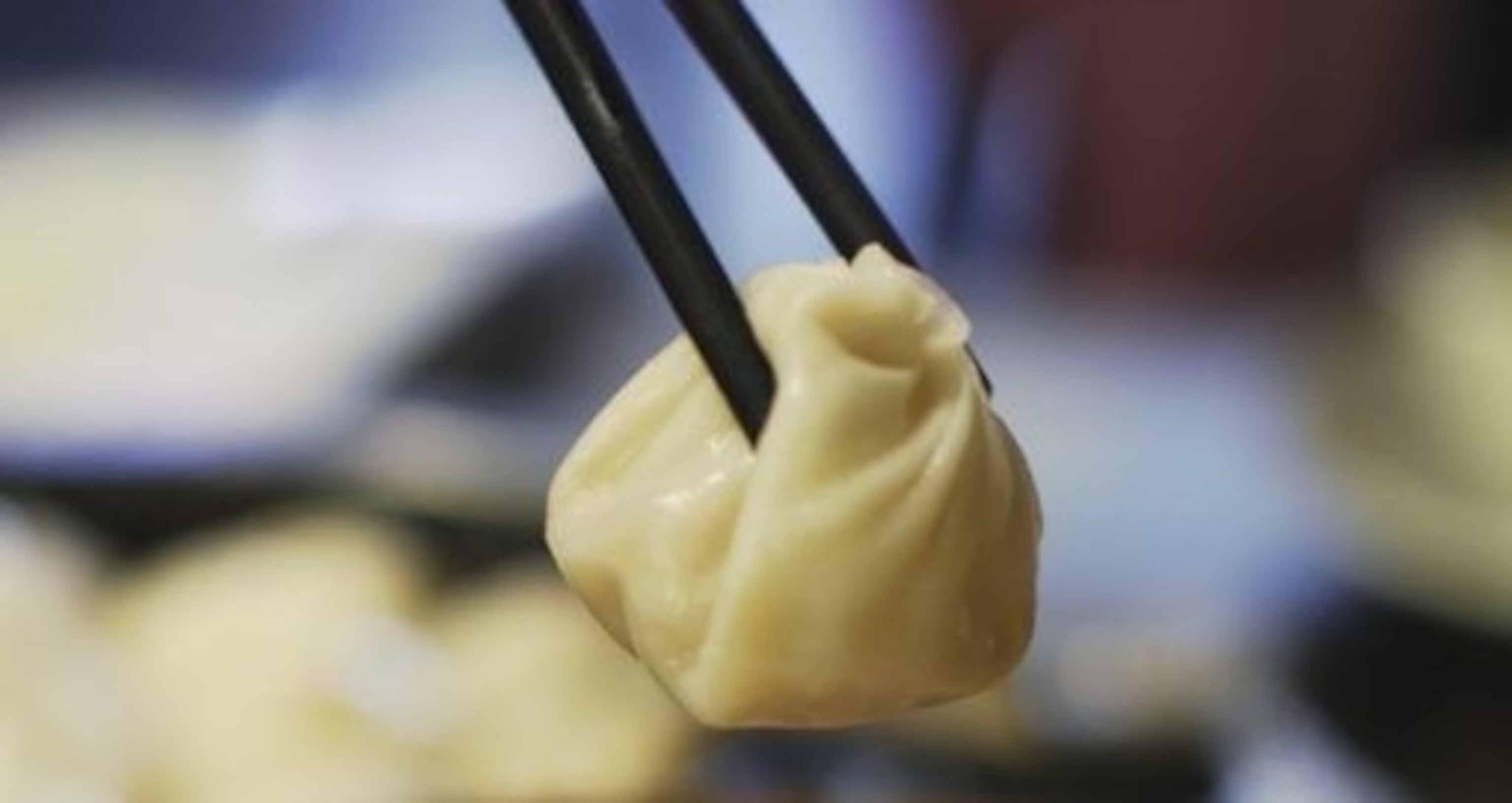
Winter warmers: hearty dishes from around the world
The key to thriving in colder climes is finding the right fuel. So, as the nights draw in and the mercury drops, we've searched the world's most wondrous wintry destinations to find heartening dishes worth wrapping up for
Switzerland: Fondue
Fondue has been a fixture in the Swiss kitchen since the 1960s. Theories abound as to why, some hilarious — such as the rise of swinging (fondues aren't a solo kind of activity). The Brits followed suit, although we hid our fondue pots as soon as we started measuring our cholesterol. However, the dish actually dates back much further than the swinging '60s, to a popular Bern cookbook published in 1863. Flavour is everything, and for that you'll need cheese with a bit of age, which also plays a part in how it melts. You could play it safe, with an equal mix of gruyère and emmental (some might also add a trashy cheese triangle into the mix for extra creaminess). Purists, however, prefer gruyère and vacherin fribourgeois, a blend called 'moitié-moitié' (half and half), which prevents any stringiness in the sauce. The wine added plays a part, too: it should be a dry white, preferably a young Swiss chasselas, but failing that a muscadet or similar. The same goes for what to wash it down with. Hot tea is a non-alcoholic alternative to wine, but never chase your fondue with water, as the cheese apparently balls up in your stomach. Other essential flavourings are garlic, nutmeg and black pepper.
Where to start: Lausanne, on Lake Geneva, is home to a rich source of cheesy experiences, from moonlit vineyard walks that end with candlelit alfresco fondues to regular fondue nights at wineries such as Domaine Croix-Duplex. Alternatively, visit Lausanne's oldest bistro, the atmospheric Pinte Besson, where waiters will tell you not to forget the best part — scraping the crispy bit, sweetly named 'la religieuse' (the religious), off the bottom of the pot. shop.
Alternative: Papet vaudois. A gloriously simple dish of chopped leeks, diced potatoes and smoky saucisson vaudois. Fiona Sims
Hungary: Goulash
Named after the gulyás, the legendary Hungarian cowboys of the Alföld (or the Great Plain), who slept under the stars and prepared their food on an open fire, goulash has gone on to become the national dish. As the story goes, the gulyás threw whatever they had to hand into a bubbling pot. While recipes vary, they usually feature a mix of beef and fatty smoked pork (German speck) for the base, sweet paprika for the deep red colour and smokiness, potatoes for thickening, onions and garlic for aroma, carrots for sweetness, caraway for digestion and whichever vegetables are in season. The cattle herders would leave the pot and just stir it every now and again; so, the secret of a good goulash is long, lazy cooking that brings out all the juices in a melt-in-the-mouth medley. The dish is often served with sliced hot peppers on the side so you can control the spiciness, and while you might be temped to add a dollop of sour cream, this is frowned upon by purists. Still, everyone agrees that a glass of local, full-bodied red wine such as kadarka or kékfrankos complements the dish perfectly.
Where to start: Goulash is best enjoyed in a csárda (tavern) in the towns of the Great Plain. Try Flaska, in Debrecen, a cellar that feels like a traditional inn but has the offering of a high-end restaurant. Its goulash is made with beef from Hungarian Grey cattle, seen grazing in the nearby Hortobágy National Park.
Alternative: As every Hungarian will tell you, goulash is a soup. So if it's beef stew you're after, ask instead for perkölt, which is what German-speaking countries serve up under the same name. John Malathronas
Northern India: Masala chai
In wintertime in northern India, masala chai reigns supreme. There's something life-affirming about this sweet, strong, fragrant combination of milk, tea, sugar and whole spices, boiled to within an inch of its life. The best chai (save those much-debated home recipes) is found on the streets: in the bazaar, outside the train station and near campus gates. It punctuates journeys too: a 4am pitstop on the mountain road is incomplete without an interaction with the chaiwala, the hypnotic roar of the gas burner and the dance of chai in the vat before it's sloshed from there to kettle, and from kettle to glass, all with a trader's hustle and an artisan's flair. It's punchy, satisfying, deeply aromatic and a little medicinal; the aroma of cardamom and cinnamon reels you in before the black pepper and ginger kindle a fire in your throat.
Where to start: There are chaiwala all over North India, but Lucknow's Sharma Ji Ki Chai (with whipped-white-butter toasted buns) and Old Delhi's Firdaus Mithai (with the traditional deep-fried treat jalebi) are much-loved institutions.
Alternative: Butter tea, in the high Himalayas. Traditionally made with added salt and yak butter, this tea is now also often made with cow's butter. Deepti Kapoor
Emilia-Romagna, Italy: Tortellini in brodo
Italians take their pasta seriously, and tortellini in brodo is no exception. The little puckered pasta parcels are said to have been inspired by the shape of Venus's navel, and they're typically stuffed with cured pork loin, prosciutto, mortadella sausage and parmesan. The filling is hand-wrapped in egg pasta then poached in a warming capon (rooster) broth. Paired with a glass of lambrusco, it's a comforting primo before Christmas lunch.
Where to start: Modena and Bologna both claim tortellini in brodo as their own. It's worth the hike up to the Sanctuary of the Madonna di San Luca in Bologna for lunch at 100-year-old Trattoria Meloncello. Or try an elevated version of the dish at Massimo Bottura's three Michelin-starred Osteria Francescana in Modena.
Alternative: Typically served at Christmas, cotechino consists of sausage made from minced pork spiked with cloves, pepper, nutmeg and cinnamon. Heather Taylor
The Himalayas: Momo
The momo, a hearty Nepalese-by-way-of-Tibet dumpling, was brought over mountain passes by Newari traders and is now ubiquitous across Kathmandu and swathes of the Indian subcontinent. Steamed or fried, and served with momo ko achar (chutney), the parcel of silken dough is traditionally filled with a blend of minced yak or buffalo meat with chopped vegetables, herbs and spices, conjuring a heady broth as it cooks. On a chilly Himalayan day, it's heavenly. Break a hole in the dumpling, douse the innards in chutney and pop the whole thing in your mouth — cold chilli, hot broth, punchy filling and delicate wrapping.
Where to start: There are momo joints all over Kathmandu — New Everest Momo Center is among the best.
Alternative: Tingmo and sepen: teamed Tibetan buns with chilli sauce. Deepti Kapoor
France: French onion soup
Dating back to the mid-19th century, this bistro classic is made with copious sliced onions softened and caramelised in butter, and — beware vegetarians — simmered with beef stock. It's the French-cuisine equivalent of a big hug.
Where to start: Café de la Paix in Paris, opposite the Opera Garnier, is something of an institution; it has served onion soup since it opened in 1862.
Alternative: Another Parisian bistro classic to warm the cockles is pot-au-feu, a steaming stew of oxtail or marrowbone and vegetables. Carolyn Boyd
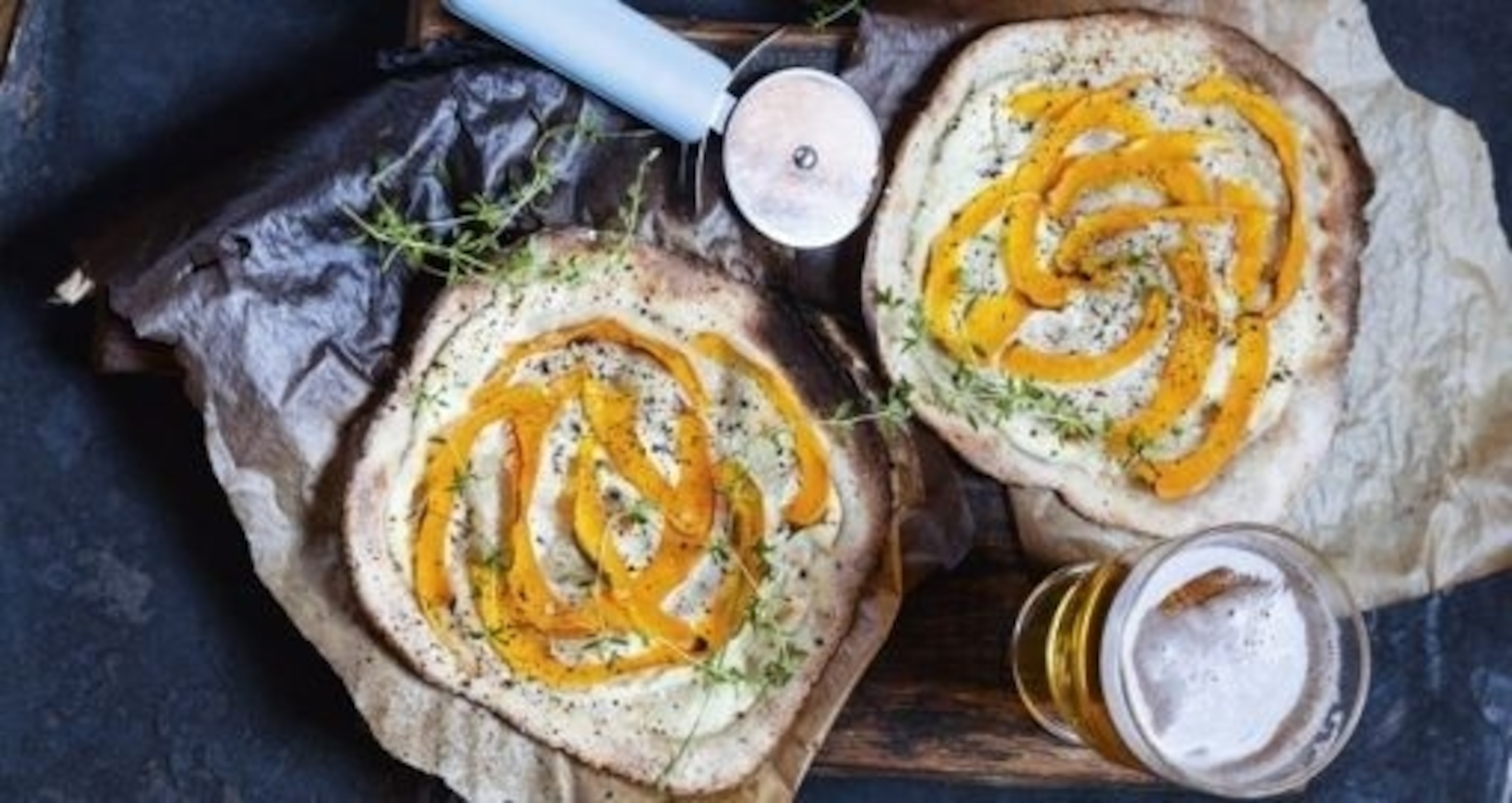
Alsace, France: Tarte flambée
Head east for the Christmas markets in the French region that nudges up against Germany, and you'll almost certainly encounter tarte flambée, known locally as flammenkueche. An ancestor of the quiche Lorraine, it's often described as an 'Alsatian pizza', but it's much more delicate than that comparison would suggest. The thin, crispy dough is covered with a fine layer of crème fraîche or fromage blanc (a kind of cream cheese) and traditionally topped with onions and bacon. While it bakes, the onions caramelise, making it wonderfully moreish. Alternative toppings can include mushrooms or emmental cheese; there's also a sweet version with fruit that's been flambéed in brandy.
Where to start: Alsace's biggest Christmas market is in Strasbourg; head to Au Brasseur, where there's a huge choice of toppings, both savoury and sweet.
Alternative: Baeckeoffe is another Alsatian dish, found in cosy winstubs (traditional inns). This carnivores' stew is made with three types of meat – mutton, pork and beef – marinated in white wine and cooked in a hefty pot sealed with dough. Carolyn Boyd
Morocco: Seven vegetable couscous
Traditionally prepared on a Friday, the holy day, when Moroccans cook huge batches for their families, this dish is much like a British Sunday roast — it brings everyone together around the table for a mighty feast. That's especially true during winter in the Atlas Mountains, when the snow falls and there's nowhere better to be than indoors, wolfing it down by the plateful. When you say couscous in Morocco it means more than just the fluffy grain we know. It's a complete meal: a simple stew of meat or vegetables cooked together in a fragrant broth. The all-important couscous is steamed above the pot to absorb the flavours coming up from below. After a few hours, the grains are tipped into a huge ceramic dish; a well is made in the centre and the contents of the stew are spooned into the middle. A little of the sauce is ladled over the top to loosen everything and the rest is served in bowls at the table. Seven vegetable couscous is a classic recipe featuring, as you might have guessed, seven seasonal vegetables and flavoured with earthy cumin. Bread comes with every meal in Morocco (alongside the couscous — who doesn't love a double helping of carbs?) and serves as an alternative to cutlery. The most common type of bread (hobbs, as it's called in Arabic) is a small round loaf that's soft and fluffy inside.
Where to start: Head to the cafe at Hotel Soleil in Imlil, a base-camp town in the Atlas Mountains; it serves huge bowls of piping hot couscous — perfect after a long day's hiking.
Alternative: Named after a tall clay cooking pot, the tangia is a classic Marrakesh dish in which hunks of lamb are cooked in saffron and smen, a fermented butter. Families will prepare their tangia and then take the earthenware pot to their local baker to cook low and slow in the glowing embers of the baker's oven. John Gregory-Smith
Haute-Savoie, French Alps: Tartiflette
This hearty potato dish, served red-hot and bubbling with molten cheese, is mountain fare par excellence: you really need a hard day's hillwalking, or at least a moderate morning on the slopes, to do it justice. Far from being a traditional peasant favourite, tartiflette was dreamt up in the 1980s by Savoie cheesemakers as a way to push more of their product. That said, it's very much in the spirit of this rugged region, where dairy farming is the main activity — indeed, it bears a striking resemblance to the much older péla, named after the long-handled frying pan in which it's cooked. Perhaps unsurprisingly, cheese is the most important ingredient: according to a lovely lady at the local dairy co-operative in the mountain town of Cluses, it has to be reblochon — nothing else will do. Most restaurants in the region serve the rich, pale orange rounds melted on top of a bed of creamy potatoes and salty, smoky bacon lardons (though vegetarians will be pleased to know that the original recipe does not include pork), often with some onions for sweetness and a dash of local white wine as a vague nod to cutting through all that glorious fat. It's generally served with a sharply dressed green salad for the same reason.
Where to start: You can't move for tartiflette in French ski resorts. Try Marc Veyrat's three-Michelin-starred version at La Maison des Bois in the little village of Manigod, facing Mont Blanc, although our favourite is served at Chez Nannon, an old farm on the Piste des Raverettes above Morzine. They call it patates au reblochon on the menu — but trust us, it's the real deal.
Alternative: Croziflette is practically the same dish, but made with the buckwheat pasta squares that were once a staple in this part of the world. Felicity Cloake
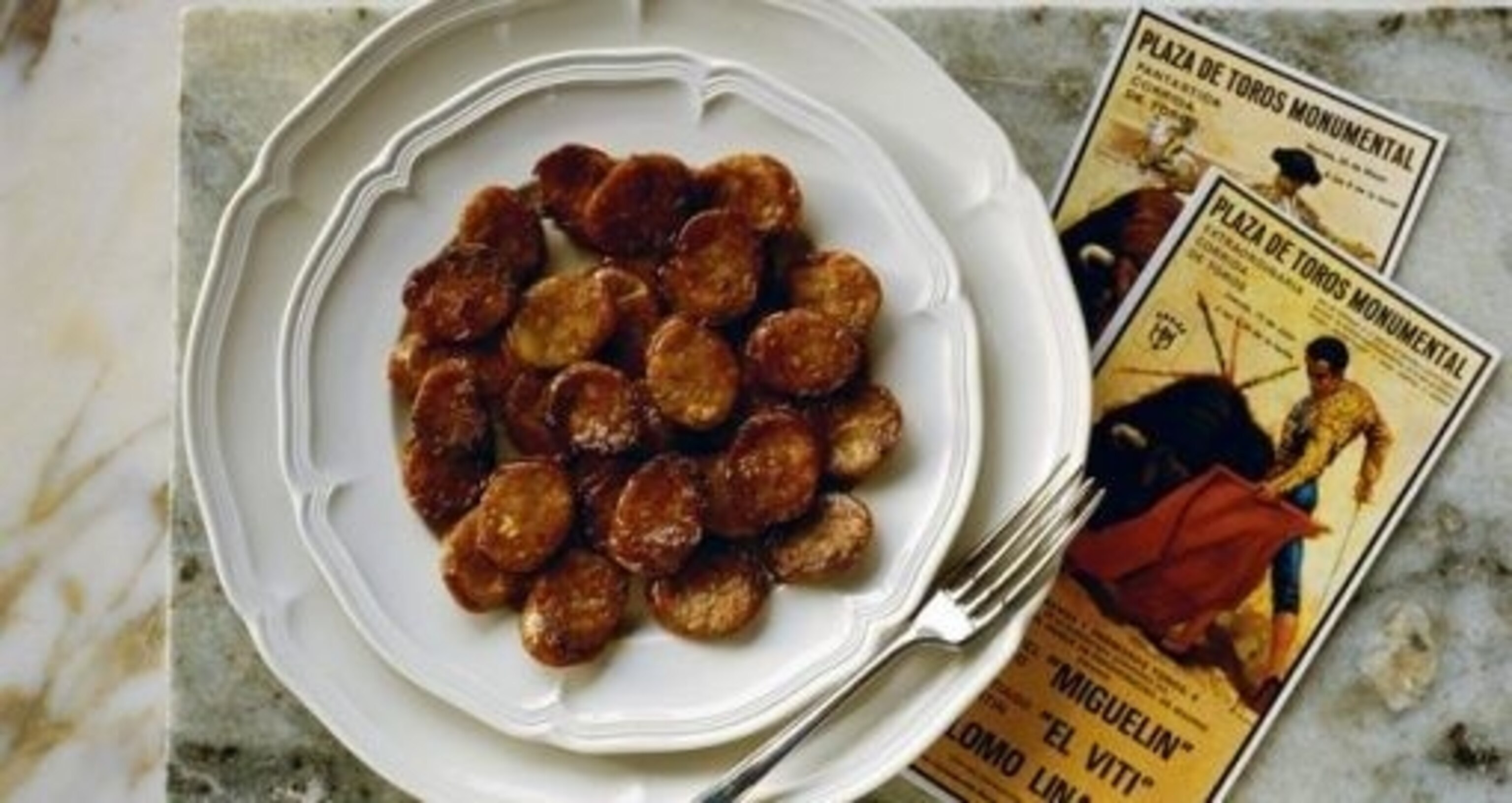
Basque Country, northern Spain: Chorizo in cider
From January to April, the many sagardotegiak (cider houses) in the hills around San Sebastián throw open their doors. Listen for the cries of 'txotx!', which signal that the cider barrels have been opened and it's time to celebrate the end of the apple harvest and subsequent fermentation period. This ritual dates back centuries, and today the houses are packed with chattering groups holding glasses up to chestnut-wood barrels to fill them with the sharp-but-sweet, dry and gently sparkling cider inside. The food varies little from place to place, and dinner almost always starts with a sizzling bowl of chorizo, cooked in cider with garlic and olive oil. The salty, sharp red juices demand to be soaked up with crusty bread. Most cider houses don't have chairs, so keep your elbows out and bag a spot, just as the Basque fisherman — who drank up to three litres of cider a day to fend off scurvy — would have done centuries before.
Where to start: Cider season is busy, so book ahead for lunch and dinner. There are some 19 cider houses in the San Sebastián area; for a taste of tradition, try one of the oldest, Lizeaga, where a baguette placed on the communal table is the only thing separating you from your neighbouring diners. The more modern Petritegi is the only sagardotegi open all year round.
Alternative: Try charred chuleta (chop), burnished pink in the middle, or a salt-cod omelette. Heather Taylor
Germany: Roast goose
Germany's culinary offerings don't get more festive than a plate of sweet, earthy roast goose with vinegary braised red cabbage and a pair of plump dumplings. Between the Feast of St Martin (11 November) and Christmas Day (or thereabouts), you'll be hard-pressed to find a traditional menu that doesn't feature this winter classic dish.
Where to start: After a mug or two of glühwein at the Mainz Christmas market, head to Weinhaus Schreiner, a polished version of a traditional tavern with an excellent regional menu, for glass of riesling alongside your golden goose.
Alternative: A leg of roast duck is a little smaller and less fatty, but just as festive. Christie Dietz
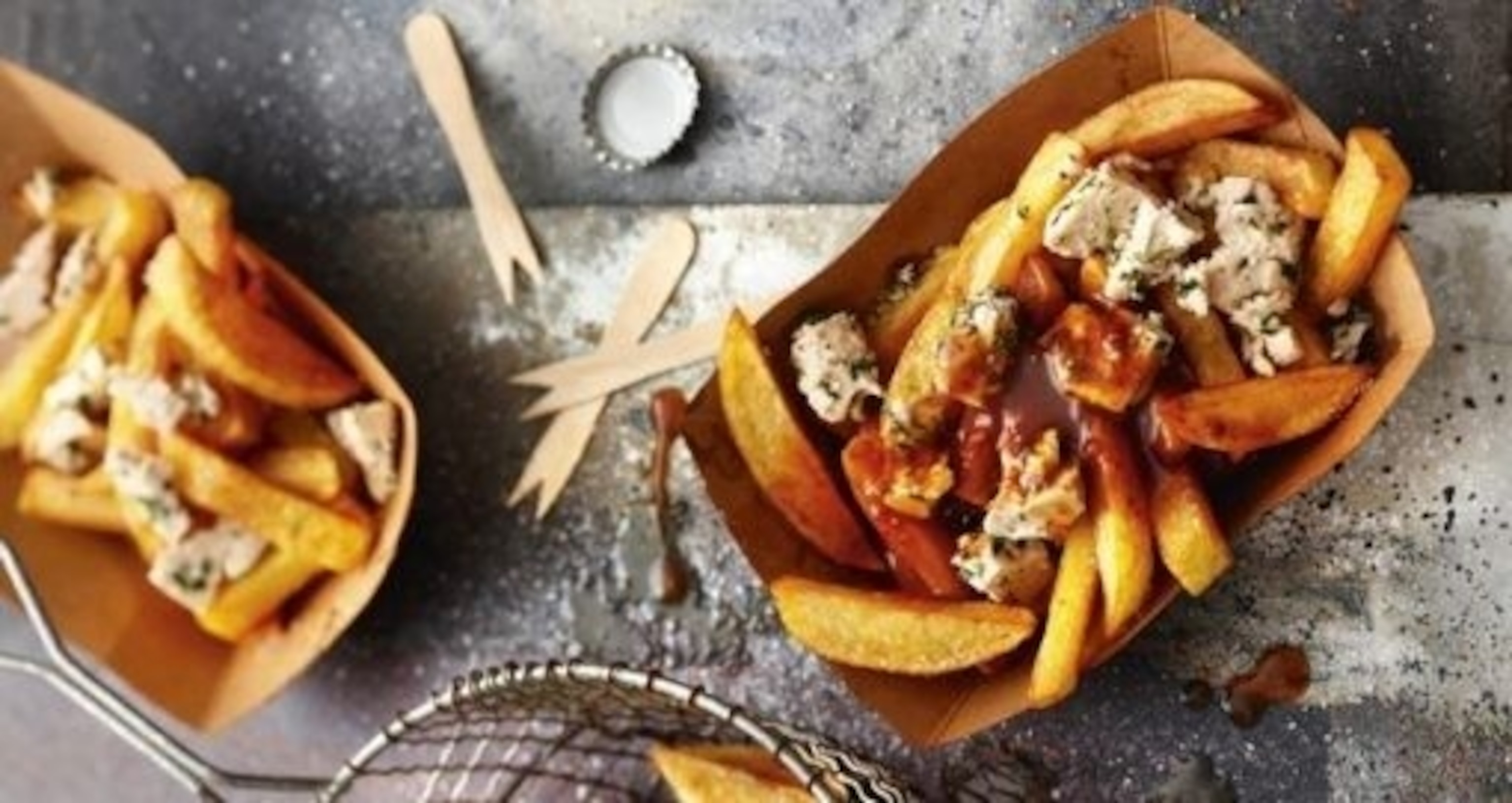
Quebec, Canada: Poutine
To quote the chef who inadvertently conjured Canada's de facto national dish (reputedly in the small Québécois town of Warwick in the 1950s), poutine is "a dreadful mess". Comprising chips (ideally twice fried), viscous gravy (either chicken or sauce brune) and a sprinkling of squeaky cheese curds, this triumvirate of salt, fat and carbs is a dish that deep-freeze Canadian winters demand.
Where to start: Montreal's ancient Pool Room serves purist poutine in a fluoro-lit setting, while Au Pied de Cochon, also in Montreal, does a cheffy take with foie gras.
Alternative: The steamé, Montreal's classic steamed hotdog, comes 'all-dressed' with yellow mustard, chopped white onion and cabbage ('choux') or sauerkraut. Sarah Barrell
Italy: Aubergine parmigiana
Melanzane alla parmigiana, or just parmigiana, is the ultimate comfort food: gooey, cheese-laden vegetables soft enough to cut with a spoon. Because of its name, most people assume it originated in the north of Italy, in Parma — but this is a dish of the south, with slices of fried aubergine smothered in a garlicky tomato sauce and mozzarella. And if you read food writer Mary Taylor Simeti, who's researched the subject, you'll be convinced it's from Sicily.
Where to start: Ferro di Cavallo is a bustling trattoria in downtown Palermo, Sicily's capital. It's been going since 1944.
Alternative: Caponata, another Sicilian speciality: deep-fried aubergines and celery in a tomato sauce flecked with sultanas, olives, capers and bitter chocolate. Fiona Sims
Tuscany, Italy: Tuscan bean soup
Although anglophones often call it a stew, the Italian name of this dish, zuppa toscana, makes it clear it's a typically bread-thickened hearty soup. Pretty much every hilltop hamlet in Tuscany — a bean-growing heartland — has its own variant. In the Lucca region, chefs battle it out at the annual Disfida della Zuppa contest, with soups centred on a red-brown Lucca bean, but it's cannellini beans we most commonly associate with this dish. That's largely thanks to ribollita, the best-known Tuscan bean soup, which traditionally uses 're-boiled' stock and stale country bread. Flavoured with pancetta, garlic, rosemary and bay, the beans are pepped up with the addition of diced tomatoes and dark greens (such as cavolo nero). The texture should be stew-like: rich and thick, with tender rather than soft beans, or with — perish the thought — split beans.
Where to start: With panoramic views across the Chianti hills, Ristorante La Bottega is a picturesque spot to sample Tuscan bean soup. This family-run restaurant serves plenty of other Tuscan staples too.
Alternative: Salsiccia e lenticchie (sausage and lentils) is a must on New Year's Eve, but is a comforting warmer throughout winter. A plump zampone (sweet pork sausage) is stuffed into the skin of a pig's foot and served with Umbrian Castelluccio lentils that represent little coins, bringing fortune for the year ahead. Sarah Barrell
Eastern Europe: Borscht
Practically every Slavic country has its own variety of this brightly hued soup, and any cook you speak to will do something slightly different with theirs. Even the colour varies from place to place — in Ukraine and Russia it's often red, while Polish barszcz leans more towards the pinky-purple end of the spectrum. Whichever version you get, though, beetroot should be the star of the show, bringing a distinctly sweet undercurrent to an otherwise sour soup. In Ukraine, you'll usually find it augmented with other veg, such as potatoes and beans, while in Poland your broth might come dotted with uszka (a Polish take on tortellini). A dollop of sour cream on top is de rigueur across the region. Not quite filling enough? In Ukraine you should have black bread or pampushki (fried doughnuts) on the side, along with a bit of salo (pig fat) for good measure, while in Russia, expect pirozhki (filled pastries). Vegetarians, beware: while you can easily avoid salo, the soup is often meat-based — unless you get your fix on Christmas Eve, when meat is off the menu in Poland.
Where to start: In central Warsaw, Prasowy is a typical milk bar (diner) dishing up both Polish and Ukrainian borscht, the former with uszka. In Kiev, try Tsarske Selo for a version also featuring cabbage and served with pampushki and garlic sauce.
Alternative: Polish botwinka is another warming beetroot soup, bulked out with beet greens. Nicola Trup
As featured in Issue 3 of National Geographic Traveller Food
Follow us on social media
Twitter | Facebook | Instagram | Flipboard
